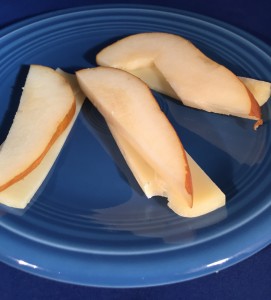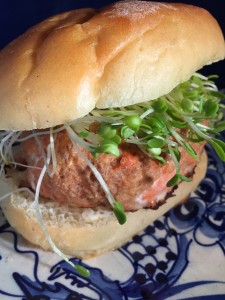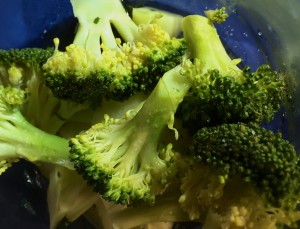
UPCOMING ZERO BALANCING CLASSES
IN BURLINGTON, VERMONT
Introduction to Zero Balancing
Thursday September 21, 2017 6:30-8:30 pm
Zero Balancing (ZB) is a leading edge body-mind therapy. This
introductory class describes and demonstrates how ZB facilitates an
expanded state of consciousness while releasing subconscious tensions
patterns in body, mind, and spirit. A great addition to any
healthcare/bodywork practice and accessible to the general public
interested in energy work and wellness.
Zero Balancing I
September 21-24, 2017
A 25 hour professional bodymind therapy training for health professionals with Michele Doucette DC
Zero Balancing is a leading-edge, hands-on, body-mind therapy. It combines the Western view of medicine and science from the field of osteopathy with Eastern concepts of energy and healing from the field of acupuncture. ZB affects the whole person (body, mind, and spirit) by providing both structural therapy and energy medicine simultaneously. It promotes a deeply meditative state in which sub-optimal tension patterns are easily released. Like adjusting the tension on a guitar string, ZB leaves a person more in tune with their essential being, more resonant with their true self…more relaxed, comfortable, resilient, awake, self-aware, grounded, and expanded.
ZB I is approved for 25 hrs. Continuing Education credit (through VT Board of Chiropractic, NCBTMB, NCCAOM, and several other accrediting agencies. Accepted for VT/NH PT/OT credits)
The instructor: Michele Doucette DC, practicing/teaching ZB for over 20 years in Wilmington, VT. To register contact Dr. Doucette at 802-464-2361 bones@sover.net www.zerobalancing.com Course Fee: $795, $695 if pd 1 mo. advance, $595 2 mo. advance.
Hosted by Kelly Kaeding MS LAc at the Vermont Center for Acupuncture & Wellness
other classes:
Michele Doucette DC is offering another ZB I class this spring at her beautiful office and home in southern Vermont:
Zero Balancing I
June 1-4, 2017 Wilmington VT
Kelly will be hosting ZB II class with Michele Doucette DC here this spring:
Zero Balancing II
May 18-21, 2017 Burlington VT
Prerequisite ZB I.
for more information about Zero Balancing visit: http://zerobalancing.com/
If you are interested in taking more classes or getting certified in Zero Balancing, check out the Core-Pak
Look for more Zero Balancing classes at Vermont Center for Acupuncture & Wellness in the future.
Save
Save
Save
Save
Save
Save
Save
Save
Save
Save
Save
Save
Save
Save
Save
Save
Save
Save
Save
Save
Save
Save
Save
Save
Save
Save
Save
Save
Save
Save
Save








